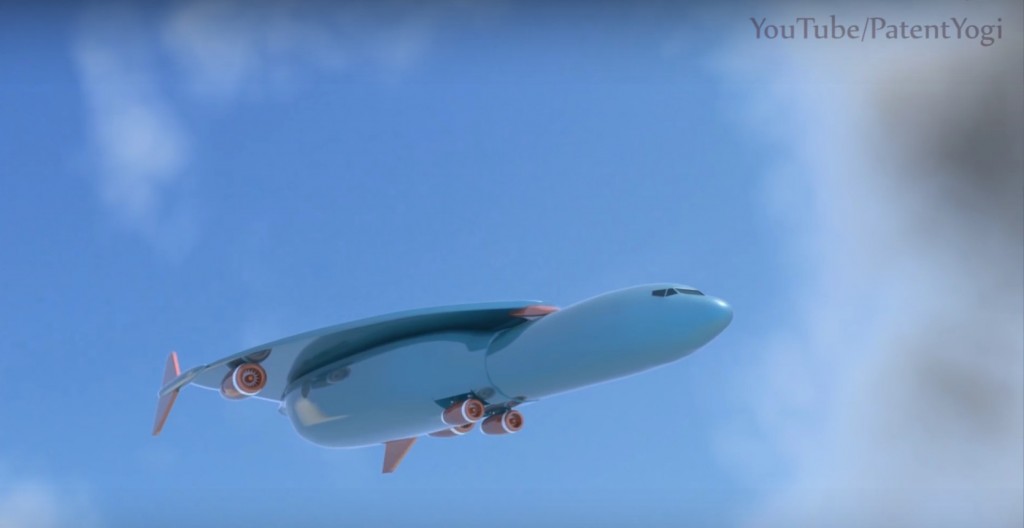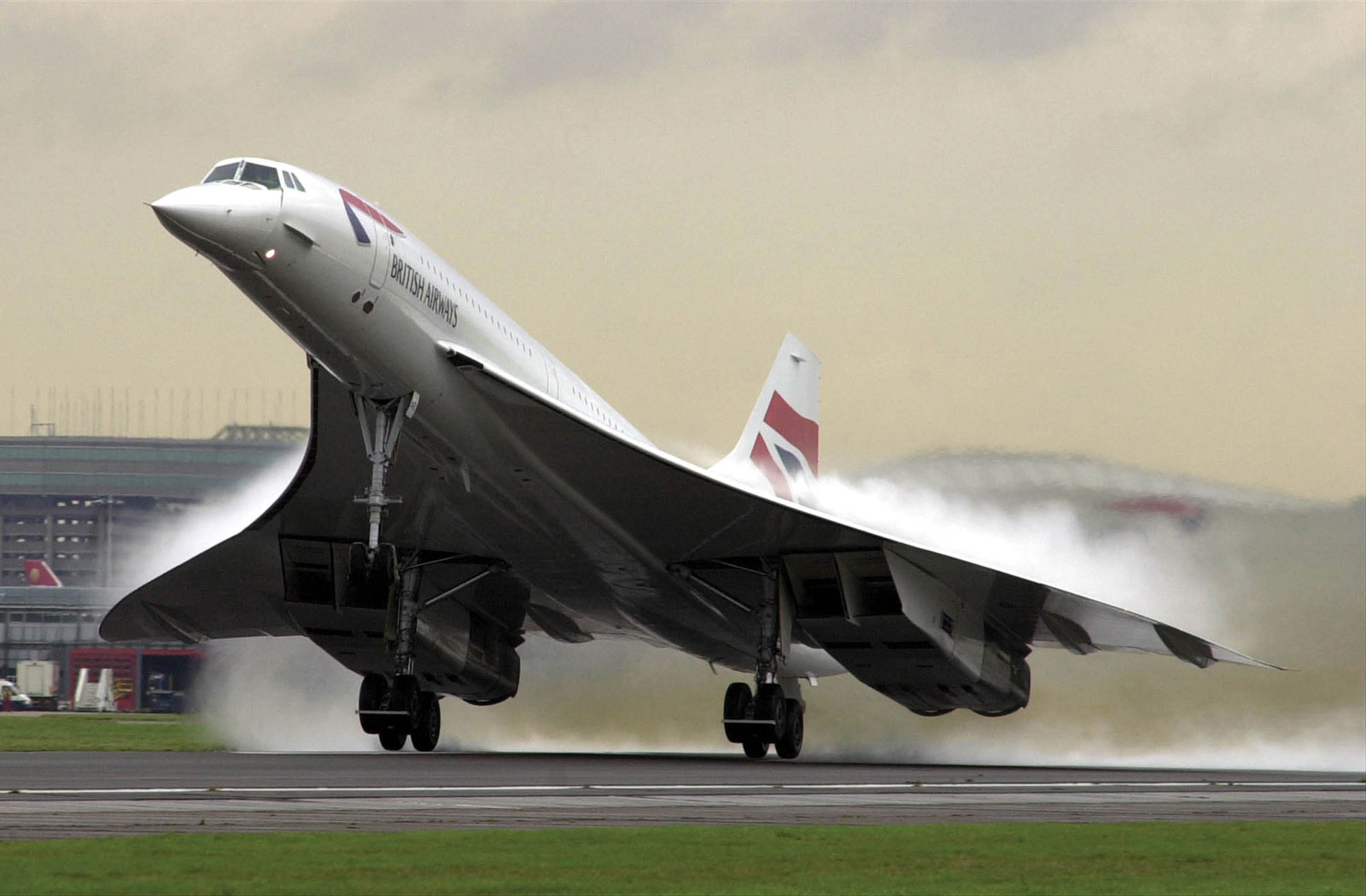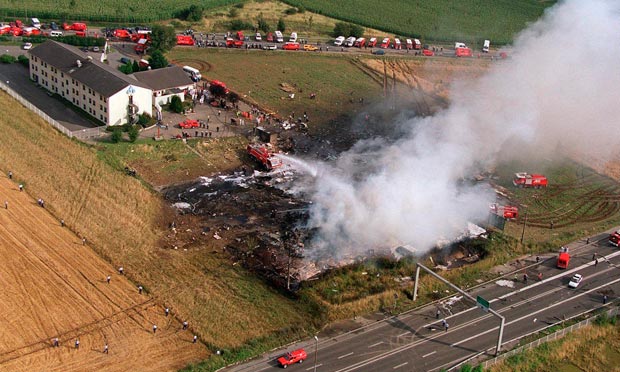Airbus has been granted a patent for a supersonic, ultrafast plane that would make traveling half way around the world a matter of just three hours.
Carrying up to 20 passengers at distances of around 5,500 miles (9,000 kms), the jet proposed by Airbus’s designers will soar at altitudes above 100,000 ft, climbing vertically to this height under the power of its rocket motor. At full thrust, the plane would be capable of reaching four times the speed of sound – or 2,500 mph. That means a flight from London to New York would take just one hour, while a Paris to Tokyo trip-almost halfway around the world-would clock in at just three hours.
Concorde was an icon of its time, one of the great sights of pre-Millennium Britain as it travelled supersonic through the air from London to New York.
You might remember that Airbus announced a similar proposal a few years back, but also with the caveat that it would take 30-40 years to enter service, if at all. This new patent, awarded in the US, is designed to put down a marker for technology that could be useful in other developments. Airbus says it is working on two hypersonic projects, one with Japanese partners and another with Russian and Australian involvement, with the aim of conquering speeds up to Mach 6.
This immediately evokes of an old favourite, a world conqueror of a flying machine that was put to rest all too soon: the mighty Concorde. Built by Airbus’ forerunner Aerospatiale and the British Aircraft Corporation, Concorde was an icon of its time, one of the great sights of pre-millennium Britain as it travelled supersonic through the air from London to New York. It flew at 1,350mph – more than twice the speed of sound – at an altitude of 60,000ft and carried up to 120 passengers. Its first flight took place in 1976 and it was withdrawn from service in 2003 after a tragic crash in Paris three years earlier.
While Concorde suffered numerous technical difficulties, its ultimate Achilles Heel was the ‘sonic boom’ problem. Heard from miles away, Concorde’s sonic boom was so loud that many countries ended up restricting supersonic travel over land almost making the Concorde’s biggest feature seem redundant.
This time round, Airbus’ designers hope to avoid the sonic boom problem by climbing almost vertically. Ramjet engines, currently used in missiles, would then take the plane up to altitudes of about 18 miles (30km) as the plane cruises at speeds up to Mach 4.5 (about 3,400 mph), or 4.5 times the speed of sound. The turbojets would reignite to enable landing.
You can see how the whole thing works in this rendering by PatentYogi.
But, as always with something radical, there’s a catch, aside from the obvious cost factor. Airbus says the aircraft can be used for both military and commercial applications, but in the latter version, the airplane would have enough room for just 20 passengers.
Lead Image: PatentYogi





